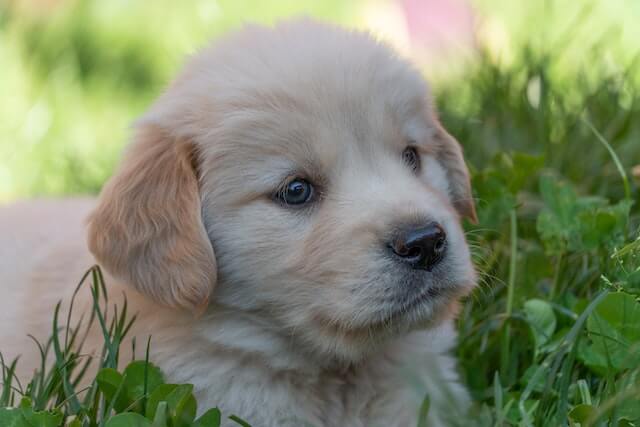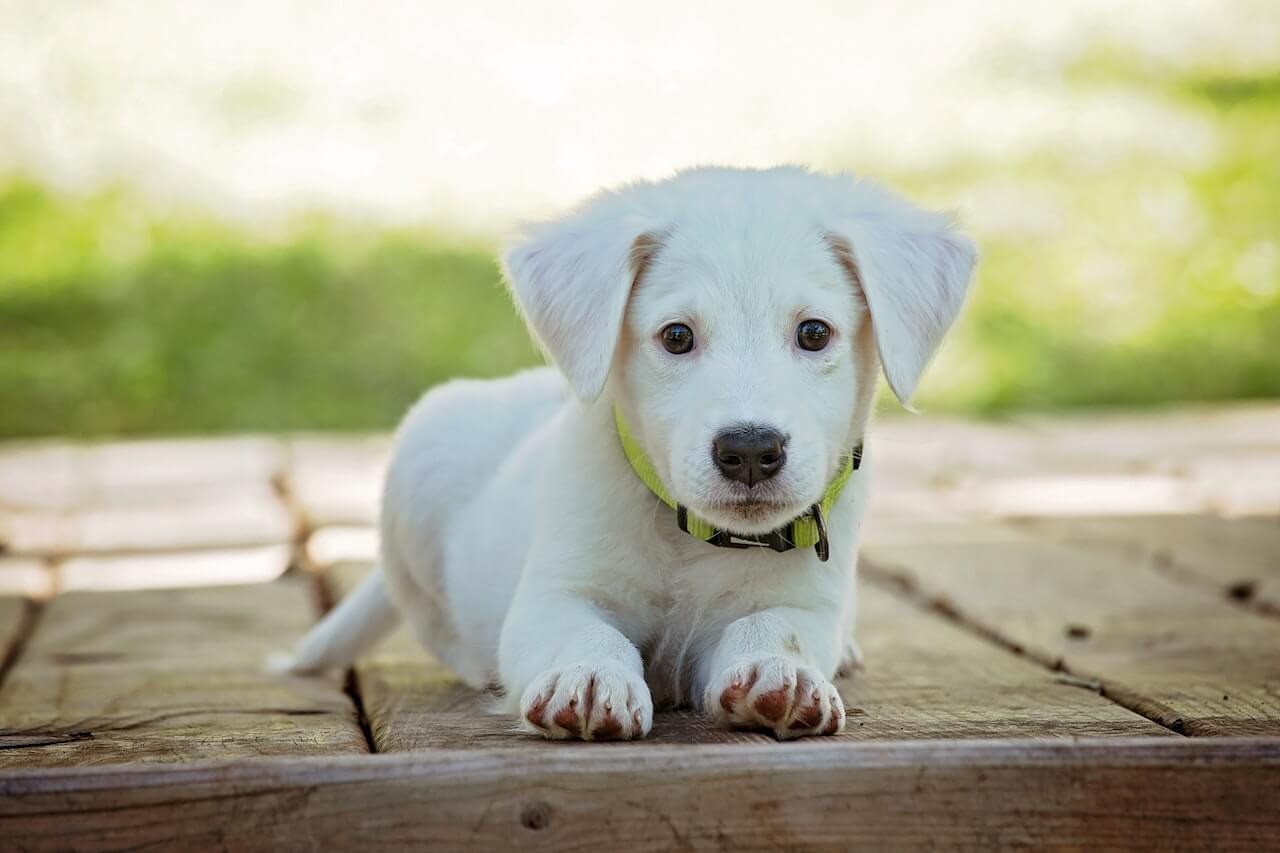Dog Potty training is an essential step in ensuring a harmonious living environment for both the pet and the owner. A well-trained dog is more likely to have fewer accidents, making it easier to maintain a clean and mess-free home. In this article, we will explore the critical aspects of dog potty training, providing expert tips and guidance to make the process effortless and enjoyable.
Basics of Dog Potty Training
Dog Potty training should ideally begin when a dog is around 12 weeks old. At this age, they have better control over their bladder and bowel movements, making it easier to establish a routine. It is crucial to choose the right training method based on the dog’s personality and learning style. Whether you opt for crate training, paper training, or a combination of both, consistency is key. Establishing a consistent routine and sticking to it will help your dog understand when and where they should relieve themselves.
Setting the Stage: Creating the Perfect Environment
Before embarking on the dog potty training journey, it is important to puppy-proof your home. Remove any hazardous objects that could harm your dog and ensure they have a safe, confined area to roam in. Designate a specific potty area outside or use indoor pee pads for dogs who will be primarily trained indoors. Investing in appropriate potty training supplies, such as pee pads or a grass patch, will also aid in creating the perfect environment for successful training.
Lay the Foundation: Building a Strong Connection
To effectively dog potty train your dog, it is crucial to establish trust and a strong bond. Spend quality time with your pet, engaging in activities that promote positive associations and emotional connection. By understanding your dog’s body language and signals, you can anticipate their needs and provide timely opportunities for potty breaks. Encouraging positive associations with the designated potty area will reinforce their understanding of where to go when nature calls.
Positive Reinforcement: The Key to Success
Positive reinforcement is an effective training method that rewards desired behaviors. Praising your dog and offering treats when they successfully use the dog potty area will motivate them to repeat this behavior. Clicker training, a technique that uses a clicking sound to mark desired actions, can also be employed to reinforce positive behavior during potty training. Avoid using punishment or negative reinforcement, as it can confuse and frighten the dog, hindering its progress.

Consistency and Patience: The Power Duo
Consistency and patience are paramount when dog potty training your dog. Establishing a consistent schedule for potty breaks will help your dog understand when it’s time to go. Monitor and track your dog’s potty times to identify patterns and adjust the schedule accordingly. It is important to remain patient in the face of setbacks and accidents. Accidents are inevitable during the training process, and reacting with frustration or punishment can hinder progress. Instead, focus on reinforcing positive behaviors and providing ample opportunities for success.
Step-by-step Training Process
Introduce your dog to the designated dog potty area, allowing them to explore and familiarize themselves with the location. Use a consistent command, such as “go potty,” and offer praise or treats when they successfully eliminate in the desired spot. Gradually reinforce this behavior by using the command consistently and rewarding each successful instance. Over time, your dog will associate the command with the desired action, making the training process even more efficient.
Tips for Overcoming Common Challenges
dog Potty training might present some unique challenges, such as fear or anxiety in certain dogs. It is important to address these issues with patience and understanding. Providing a calm and supportive environment will help alleviate their concerns. Marking behaviors, where dogs urinate to establish territory, can be managed by consistent training and addressing the underlying cause. In the event of regression or resistance, revisit the basics of potty training and reinforce positive behaviors to get back on track.
Dog Potty Training for Different Lifestyles
Potty training can be adapted to various living situations. For apartment dwellers, it is important to establish a designated dog potty area indoors, such as a balcony or an area with pee pads. Busy individuals or working professionals can utilize doggy daycare or enlist the help of a dog walker to ensure regular potty breaks. Outdoor potty training is suitable for those who have access to secure outdoor space, while indoor methods can work well in situations where outdoor facilities are limited.
Potty Training for Specific Breeds or Sizes
Different breeds and sizes may require specific considerations during dog potty training. Small breeds have smaller bladders and may need more frequent potty breaks, while large breeds might require a larger designated potty area. Certain dog breeds, such as the Bichon Frise or Dachshund, may have unique challenges due to their specific characteristics. Understanding these breed-specific needs will allow you to tailor the training approach accordingly.
Handling Potty Training in Rescue or Older Dogs
dog Potty training rescue for older dogs presents its own set of challenges. These dogs may have had negative experiences or inconsistent training in the past, requiring additional patience and understanding. Building trust through positive associations and providing a secure environment are crucial steps in overcoming any previous challenges. Modifying training techniques to suit adult dogs and addressing their specific needs will help them adapt to a consistent potty training routine.
Maintaining Success: Long-Term Solutions
Once your dog is fully potty trained, it is important to maintain its success in the long run. Gradually extending potty breaks as their bladder capacity increases will ensure they stay on track. Maintaining a regular exercise routine helps regulate their bathroom habits and physical well-being. Continued reinforcement through occasional reminders, such as revisiting the dog potty training routine during times of change or stress, will solidify their understanding and prevent any regression.

Troubleshooting: Getting on the Right Track
Identifying potential health issues that may contribute to dog potty training difficulties is crucial. If your dog is experiencing frequent accidents or struggling to control their bladder, consult a veterinarian to rule out any underlying medical conditions. Seeking guidance from a professional dog trainer can also provide valuable support and insights tailored to your dog’s specific needs. Adjusting the training method as needed, based on expert advice, will help ensure progress in the right direction.
Celebrating Milestones: Graduating from Potty Training
Recognizing signs of dog potty training success, such as fewer accidents or consistent use of the designated potty area, is cause for celebration. Gradually introducing more freedom to your dog within the house, under supervision, signifies their accomplishment. Celebrate milestones and achievements with your furry friend, reinforcing the bond and their positive behavior as you move forward in your shared journey.
Summary
dog Potty training is an essential part of responsible dog ownership. By understanding the importance of consistent training and positive reinforcement, you can set your dog up for success. Key takeaways include establishing a routine, creating a suitable environment, and developing a strong bond with your dog. With patience, consistency, and the tips provided in this article, you can navigate the potty training process with ease and enjoy a mess-free home.
FAQs: Addressing Common Concerns
Q. How long does dog potty training usually take?
A. dog Potty training duration varies, with factors such as age, breed, and consistency playing a role. On average, it can take several weeks to a few months to fully potty train a dog.
Q. What to do when accidents occur?
A. Accidents are a normal part of the training process. Clean up the mess without scolding the dog, as punishment may confuse them. Instead, redirect them to the designated potty area and reinforce positive behavior.
Q. Can old dogs be potty trained too?
A. While older dogs may require additional patience and training, they can still be successfully potty trained. The process may take longer compared to puppies, but with consistent reinforcement and positive training, older dogs can adapt.
Q. How can one prevent marking behaviors?
A. Preventing marking behaviors involves consistent training and minimizing their access to areas they feel inclined to keep. Neutering or spaying your dog can also help reduce marking tendencies.
Q. Is crate training recommended for dog potty training?
A. Crate training can be an effective tool for potty training, as it provides a confined and safe space for the dog. However, it should be used appropriately and not as a punishment.
Conclusion
Potty training your dog is an important responsibility that sets the foundation for a happy and healthy companionship. By following the expert tips outlined in this article, alongside patience, consistency, and positive reinforcement, you can overcome the challenges of potty training. Celebrate each milestone and enjoy the journey of creating a mess-free home while strengthening the bond between you and your furry friend.
You May Also Like

1 thought on “Dog Potty Training: Expert Tips for an Effortless Journey to a Mess-Free Home!”